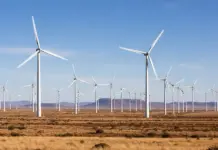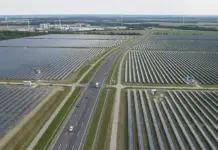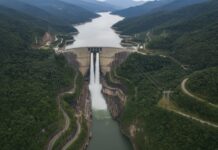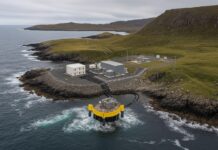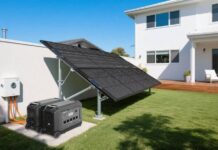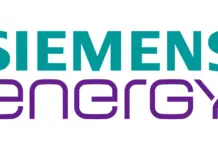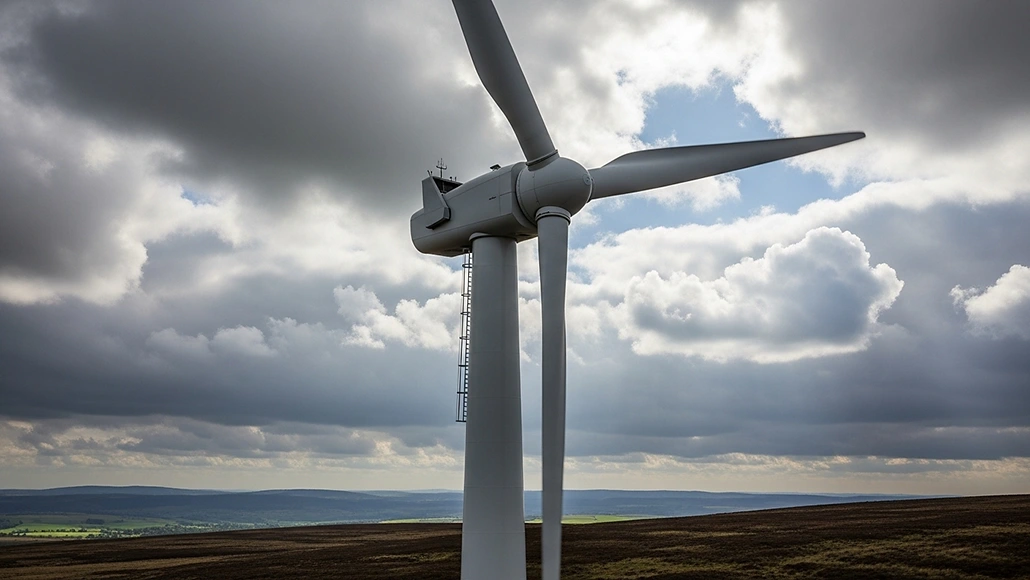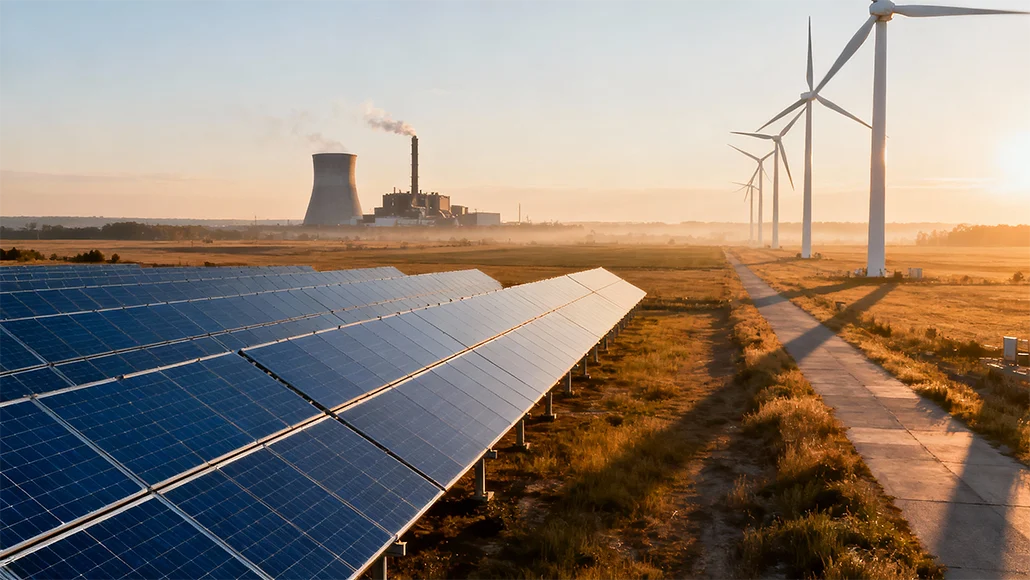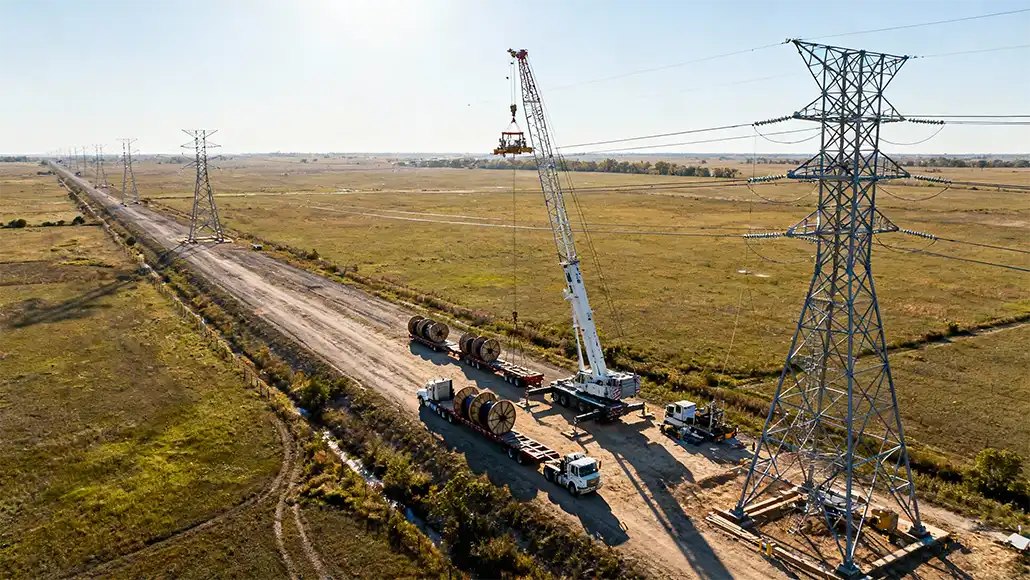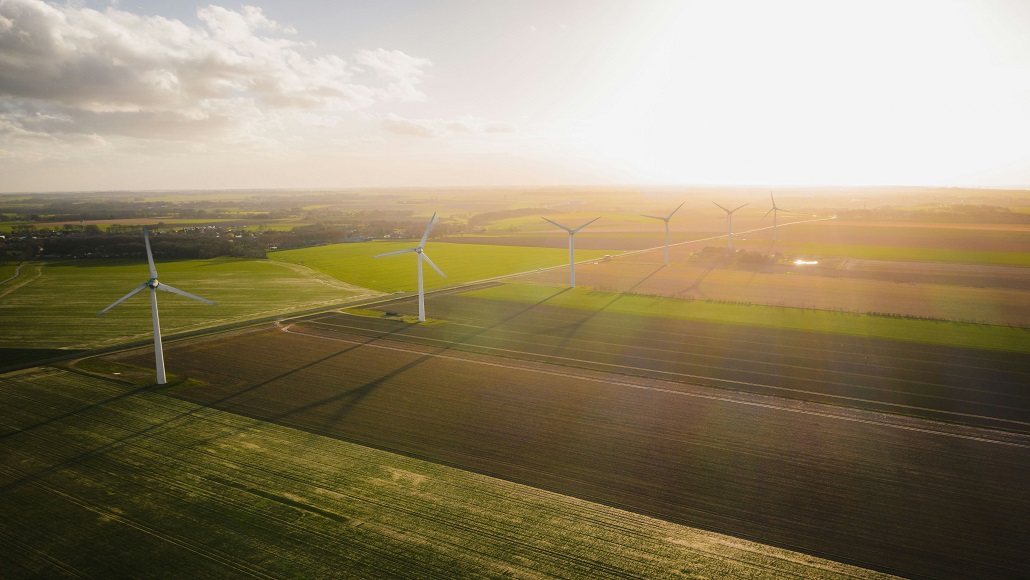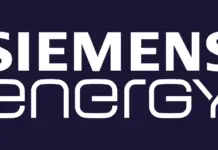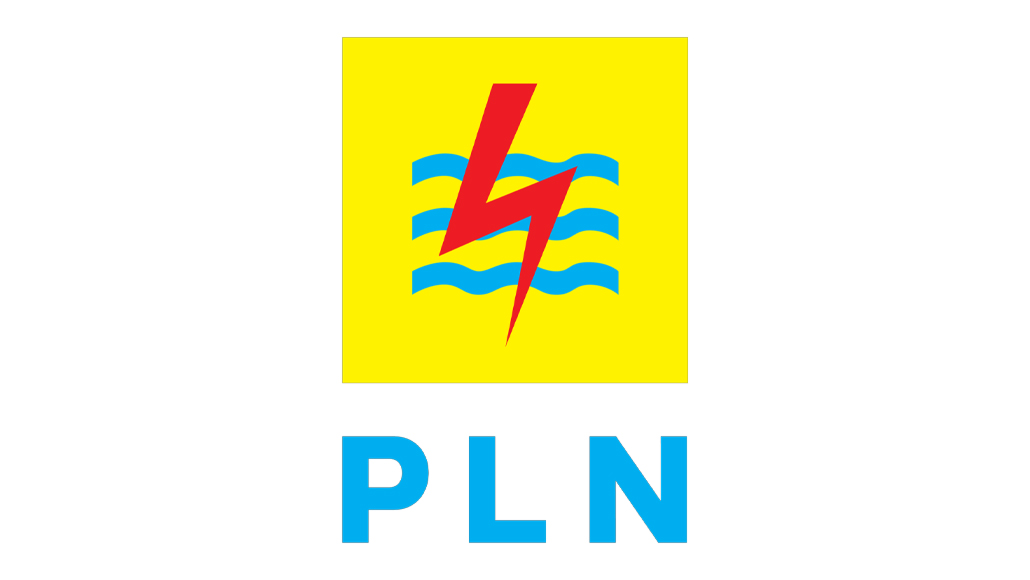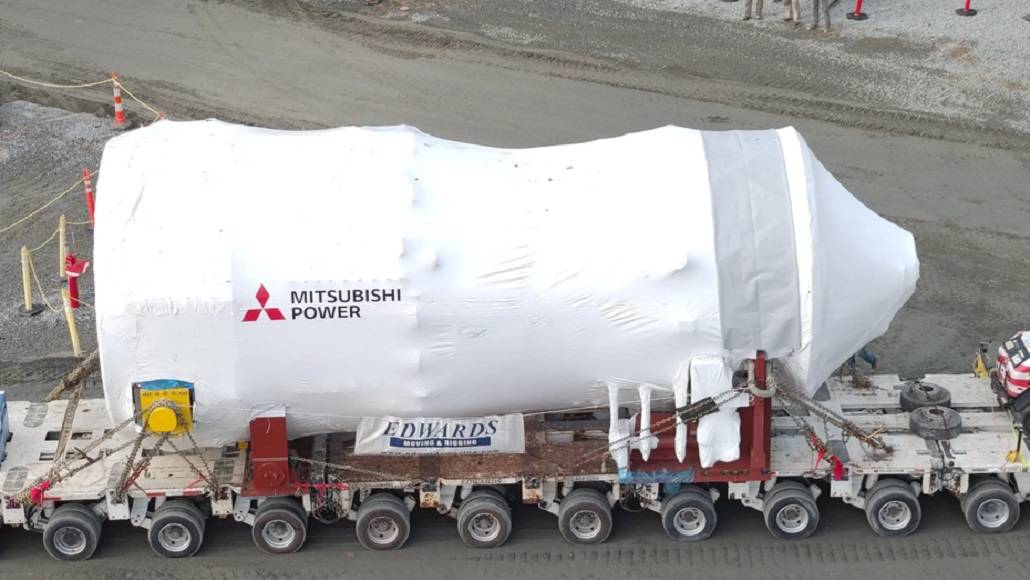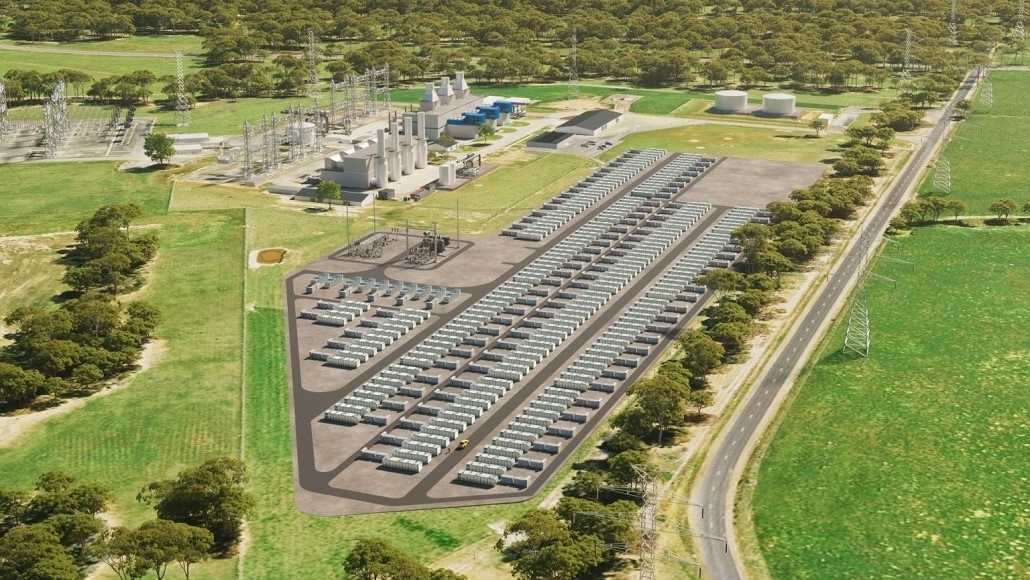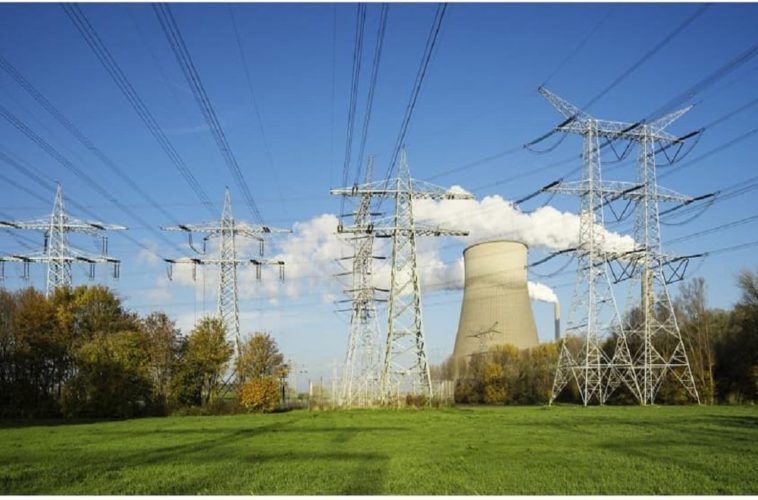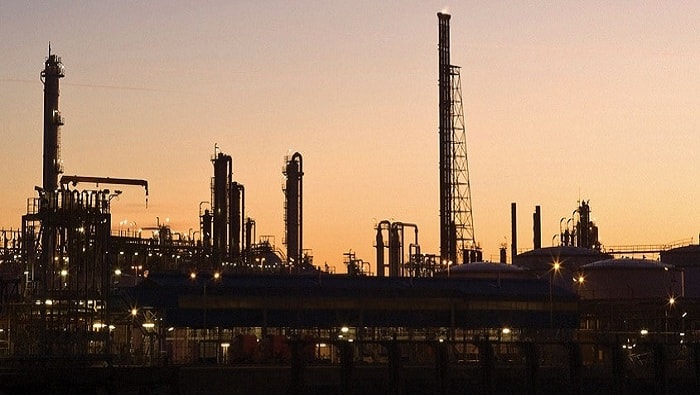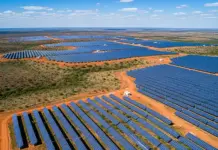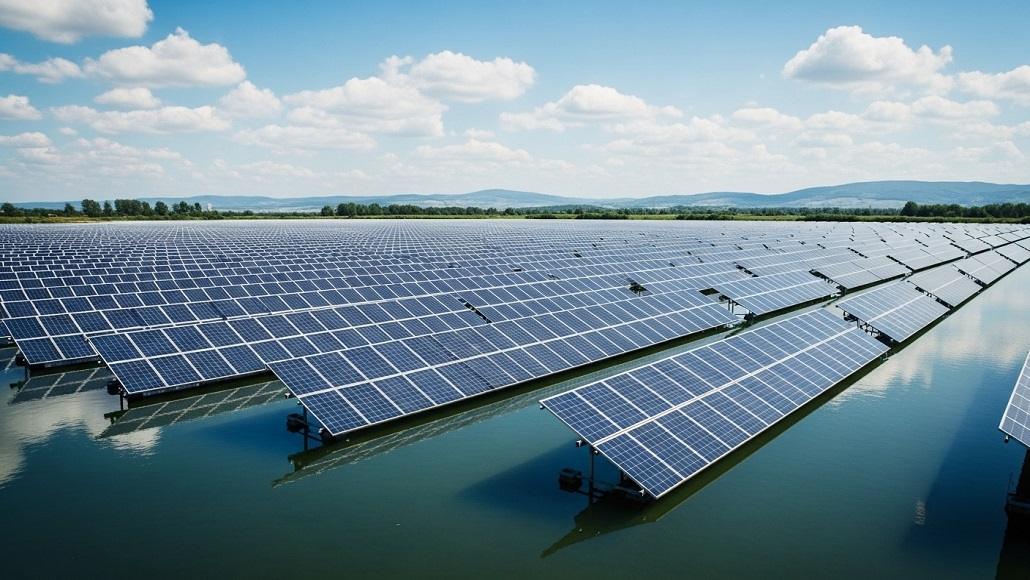As the global energy landscape transitions towards more sustainable practices, innovative solutions are cropping up that combine the strengths of numerous renewable energy sources. One such solution that is gaining a lot of momentum is the execution of floating solar on hydro reservoirs. This dual-purpose asset optimization method not just elevates the revenue streams for power utilities, but it also lessens the evaporation losses from reservoirs, thereby creating a very synergistic relationship between hydroelectric power and solar generation.
What is the concept of floating solar?
Floating solar, or floatovoltaics, happens to involve placing solar panels on the surface of water bodies such as lakes, hydro reservoirs, and ponds. This kind of innovative technology enables the generation of solar energy without requiring large tracts of land, which can be more valuable in terms of agricultural or urban usage. Floating solar panels can be rolled out on existing hydro infrastructure, thereby making it a very cost-effective solution for utilities, which are looking to diversify their energy portfolios by way of maximizing their current assets.
Through utilizing hydro reservoirs, which are often located across regions having favorable solar conditions, power utilities can harness solar energy effectively in conjunction with their present hydroelectric generation capacity. This kind of integration not just increases the overall energy output, but at the same time, it also leverages the established infrastructure, thereby decreasing the financial as well as logistical barriers that are often associated with new solar installations.
Revenue synergies by way of hybrid setups
The combination of floating solar and hydro reservoir happens to present many potential revenue synergies when it comes to power utilities. By way of enhancing the generation capacity of present hydroelectric facilities, utilities can very well optimize their energy production capacities. This kind of hybrid model enables greater flexibility when it comes to managing energy supply by catering to a demand that is fluctuating while at the same time making sure of a consistent energy output.
It is well to be noted that one of the significant benefits of integrating solar technology within hydropower generation is its potential to balance revenue streams. By way of diversifying their energy sources, utilities can hedge against energy market volatility. For example, during periods with low water availability because of drought or seasonal variations, solar energy can compensate for decreased hydroelectric production. This complementary bond enables utilities to go ahead and maintain a dependable energy supply, even at times that are very challenging. Besides this, the scalability of floating solar installation helps utilities to gradually plot their energy generation capacity without carrying any kind of upfront costs that are associated with land-based solar projects. Floating solar setups can often be rolled out with minimal disruptions within the existing operations, thereby making them a very attractive choice for utilities that are looking out for efficient asset optimization.
Environmental advantages – decreasing the evaporation
In addition to the financial advantages, floating solar on hydro reservoirs provides significant environmental advantages, primarily by way of reduction of evaporation. Water loss because of evaporation happens to be a very common concern for reservoirs, especially in regions that are prone to dry weather. By way of rolling out floating solar panels, utilities can, in a way, very effectively decrease the evaporation rates and, hence, preserve valuable water resources, which are crucial for maintaining reservoir levels and also supporting hydropower generation.
It is well to be noted that one of the researches indicates that floating solar can dominantly lower evaporation, which not only conserves water but at the same time also elevates the complete efficiency when it comes to hydroelectric systems. By way of maintaining higher water levels, utilities can go ahead and optimize their hydroelectric generation and also enhance sustainability when it comes to resource management. The shading offered by floating solar panels can also elevate water quality by decreasing algae growth, which is often increased due to sunlight exposure. This kind of enhancement within the water quality can lead to operational efficiency, which is much better for hydropower facilities, and also contribute to a healthier aquatic ecosystem.
Worldwide adoption and future prospects
The potential when it comes to floating solar on hydro reservoirs is indeed gaining a lot of traction across the world, with a diverse gamut of countries that are exploring as well as executing such technologies. Nations across Europe, North America, Asia, and even Africa are recognizing the benefits when it comes to integrating floating solar systems within the existing hydroelectric infrastructure. In Europe, countries like France as well as the Netherlands are leading the charge with ambitious floating solar projects. The efforts by France are exemplified by the installation when it comes to floating solar arrays placed on numerous water bodies, which include quarries as well as reservoirs, thereby promoting renewable energy and, at the same time, preserving land for agricultural usage.
On the other hand, the Netherlands has gone on to develop floating solar initiatives on canals by further demonstrating the versatility of this technology when it comes to utilizing water surfaces so as to get energy generation.
It is well to be noted that in North America, the United States has seen a rising interest when it comes to floating solar, especially in states having significant water resources. California, for example, has initiated pilot projects that explore the integration of floating solar on hydro reservoirs, thereby aligning with the state’s aggressive renewable energy objectives. These projects not only aim to increase solar capacity, but at the same time, they also address water evaporation issues, which are very prevalent across the region.
Besides this, countries such as Brazil and Chile are also examining the feasibility when it comes to floating solar installations. The expansive network of hydroelectric dams across Brazil offers an ideal backdrop when it comes to introducing floating solar technology, which can elevate energy production while at the same time supporting environmental sustainability. When it comes to Chile, the climate as well as the dependence on hydropower makes floating solar a very compelling solution in terms of lessening the water loss and boosting the energy output.
As the technology continues to evolve and more countries recognize the multifaceted advantages as far as floating solar and hydro reservoirs are concerned, the trend is anticipated to gain momentum. Global interests when it comes to sustainability, as well as the requirement for innovative energy solutions, are likely to further drive investments in it and also roll out floating solar projects in regions across the world.
It is well to be noted that a future when it comes to floating solar technology not just lies in its capacity to generate renewable energy but also in its role as a strategic complement to the present water management practices. With the ongoing advancements in solar efficiency as well as floating infrastructure design, the global adoption of this dual-purpose asset optimization is all set to broaden by fostering a more sustainable energy spectrum.
Conclusion
Floating solar on hydro reservoirs goes on to represent a very prominent advancement within the pursuit of sustainable energy solutions. By way of optimizing the present hydroelectric infrastructure, power utilities can elevate revenue streams, decrease evaporation, and also contribute towards environmental conservation. This dual-purpose asset optimization not just addresses the rising demand in terms of energy, but it also stresses the significance of responsible resource management. As the global energy spectrum continues to evolve, floating solar technology adoption on hydro reservoirs is going to play a critical role when it comes to shaping a more sustainable future. By way of innovative approaches that harness the robustness of multiple renewable energy sources, utilities can position themselves right at the forefront of this energy shift by making sure that dependable as well as sustainable energy supply takes place for generations to come.


